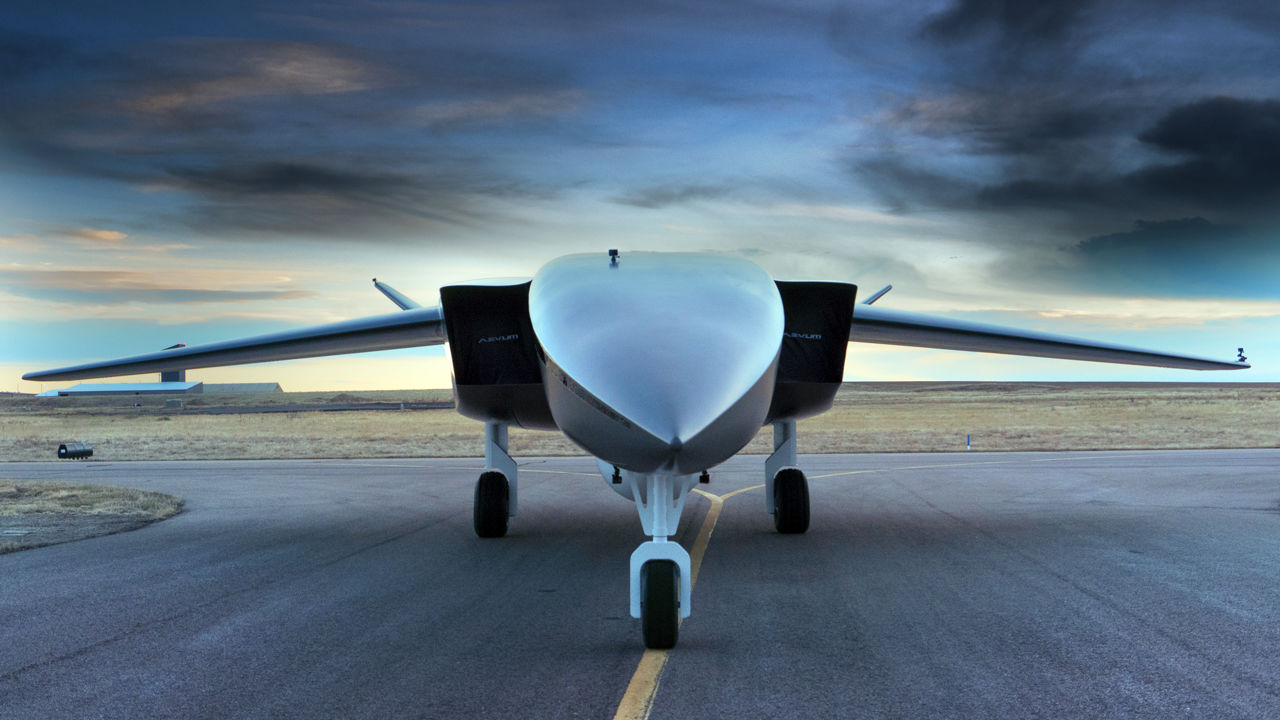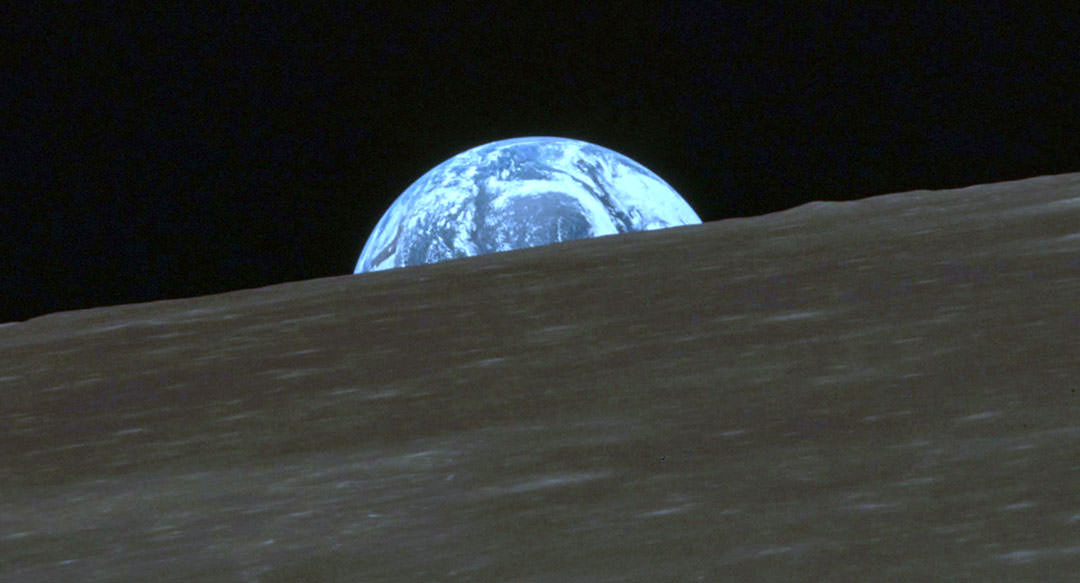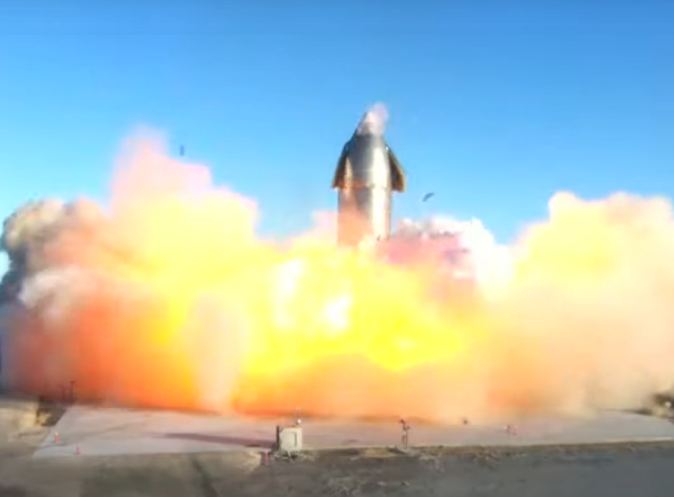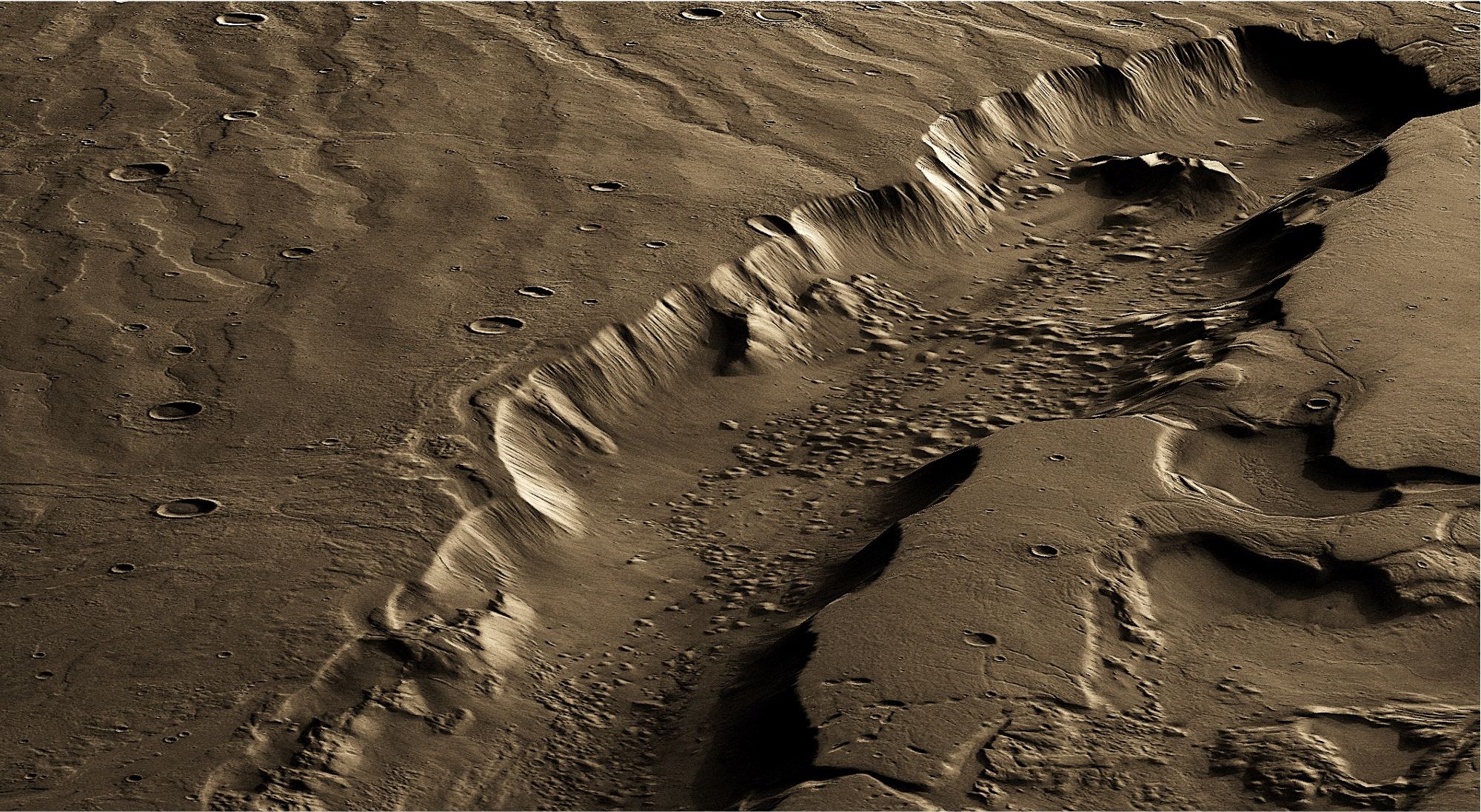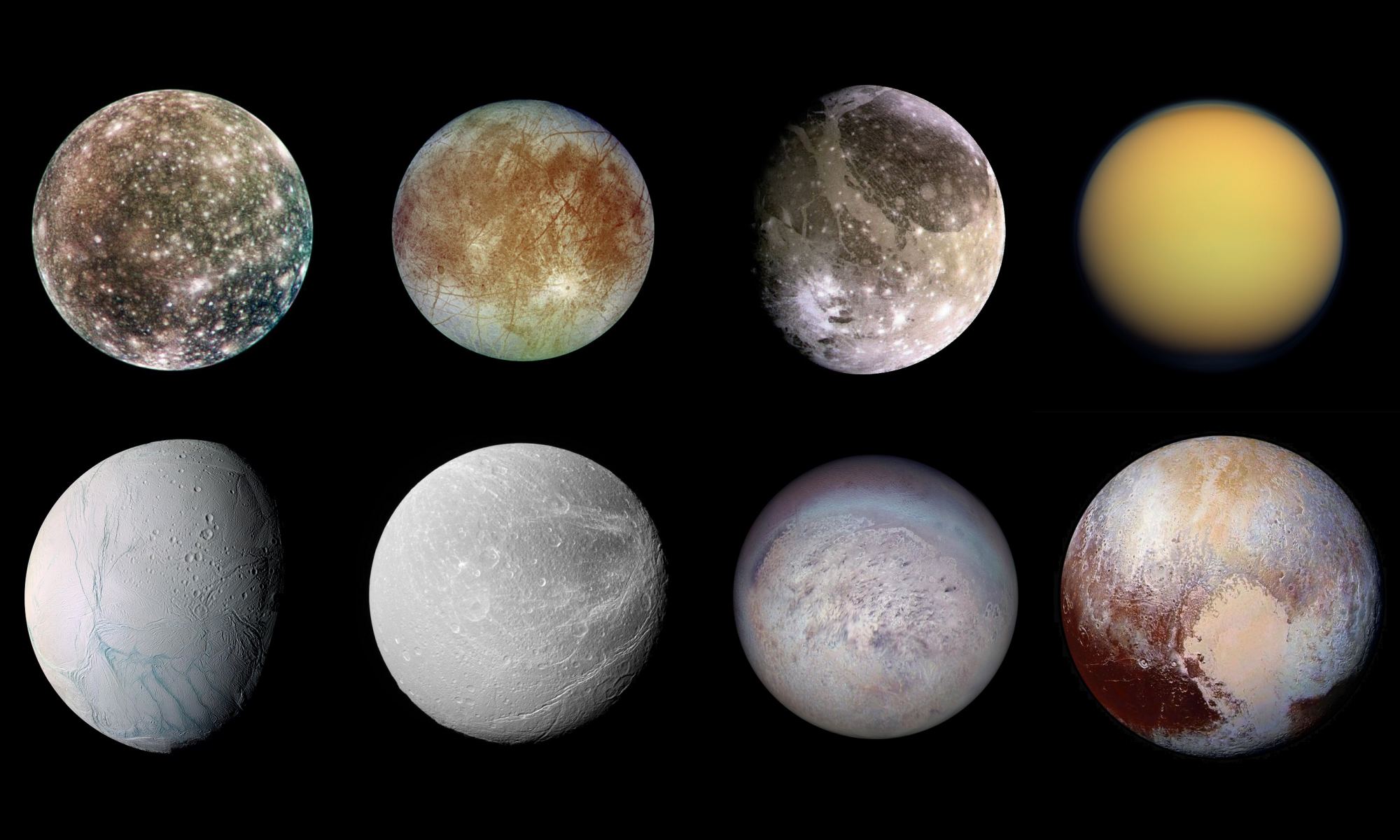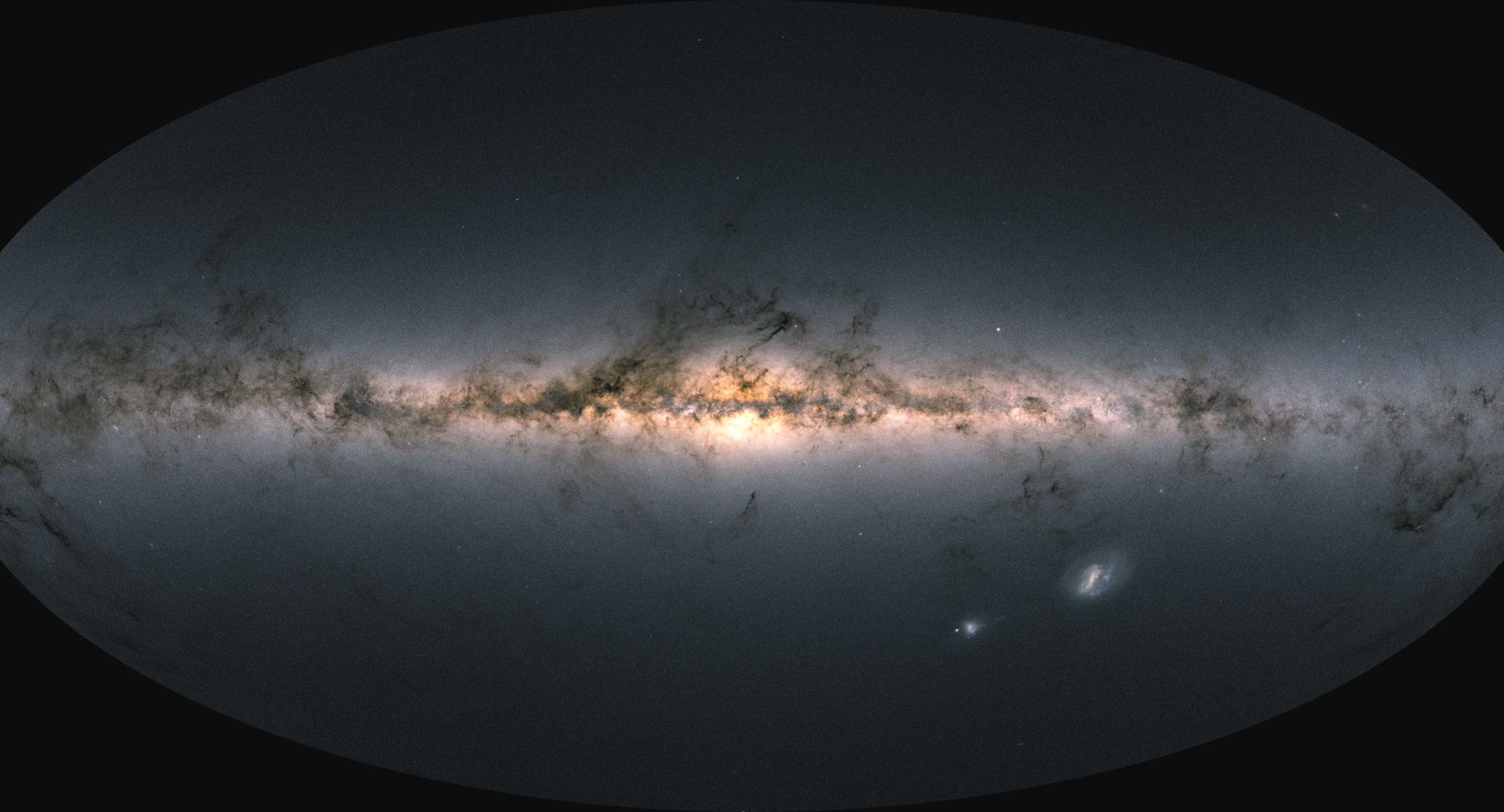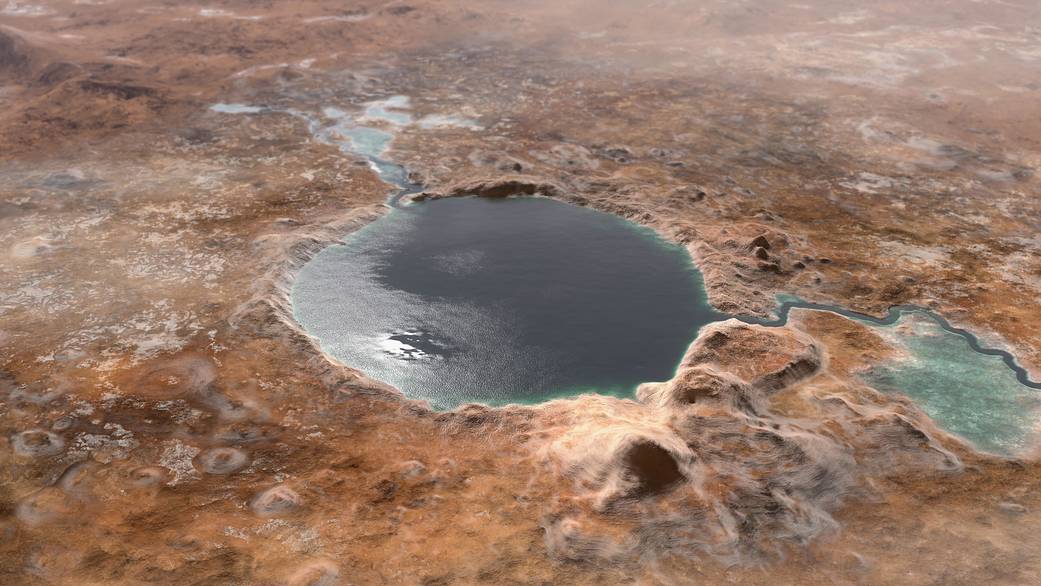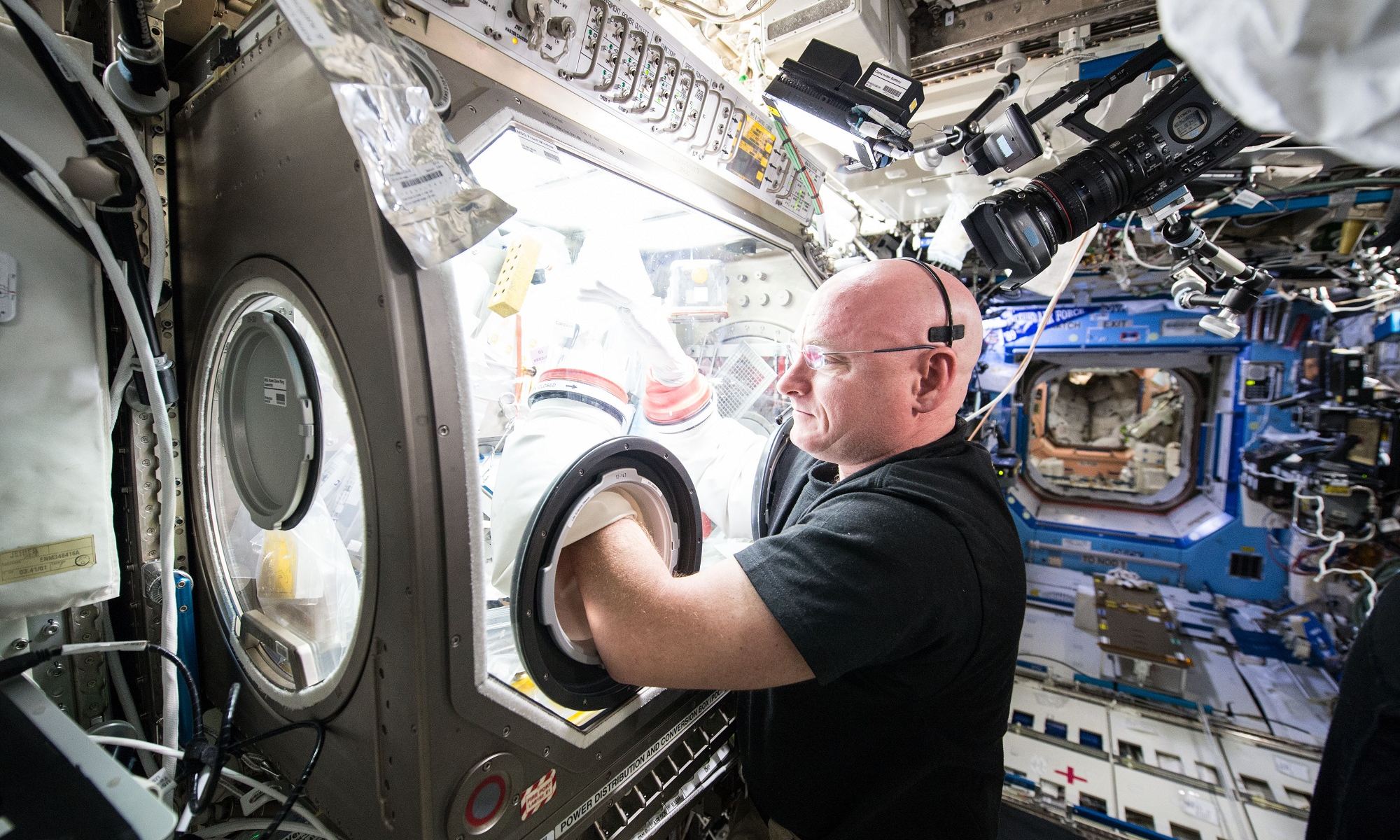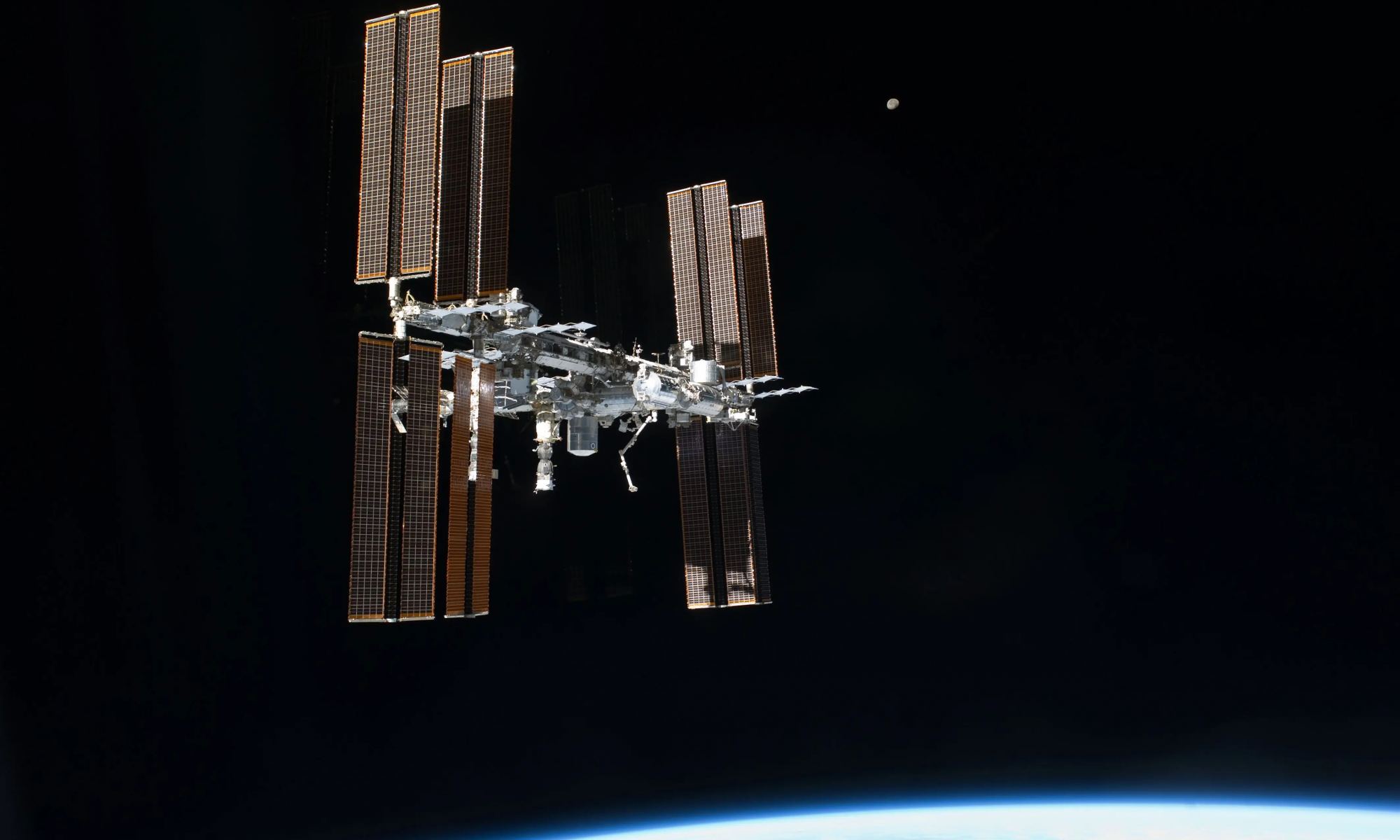In the past twenty years, one of the biggest developments to take place in the realm of space exploration has been the growth of the commercial space industry (aka. NewSpace). As a result of growing demand and declining costs, more companies are coming to the fore to offer launch services that are making space more accessible and cost-effective.
One such company is the space delivery services company Aevum, an Alabama-based startup specializing in Autonomous Launch Vehicles (AuLVs). On Dec. 3rd, 2020, Aevum unveiled their prototype vehicle, the RAVN-X. Once operational, this autonomous suborbital spaceplane will be able to send satellites and other small payloads to Low Earth Orbit (LEO) in just three hours.
Continue reading “The RAVN-X is a new Autonomous Aircraft Designed to Launch Small Satellites”
